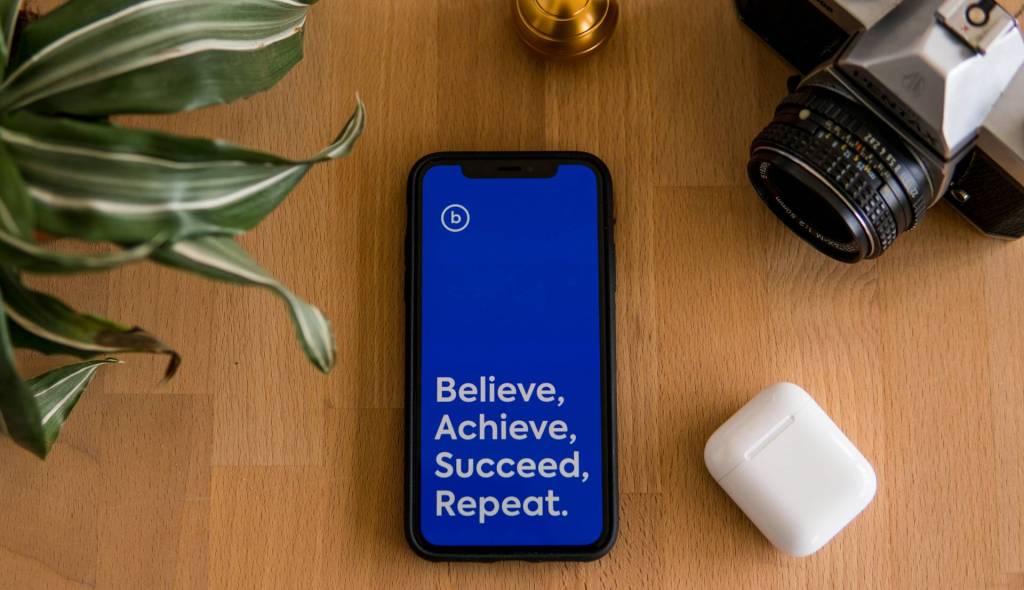The most egregious mistake leaders make is failing to be direct and candid with the people they lead.
I know, because as an immature leader early in my career I made that mistake time and again.
Many other leaders carry on my lame tradition to this day and it’s killing organizations.
That’s why candid, one-on-one communication, is the second most important level of communication a leader must master, after self-communication.
Self-communication drives a leaders’ ability to engage in effective candid, one-on-one communication because without the high-levels of self-esteem that comes from the former, the latter will be delivered ineffectively at best, or avoided at worst.
Candid, one-on-one communication drives effective organizations. Yet, few organizations make it one of their core values or invest enough energy to integrate it into their culture at a level where the organization can fulfill its potential.
There is one aspect for candid, one-on-one communication a leader needs to engage in to set the stage for relationships that excel. It’s setting expectations at the beginning of the relationship.
Think about it.
If there is not candid, direct communication at the beginning of the relationship regarding expectations for the necessary behaviors and performance results that define success, it will greatly impact a leader’s ability to have on-going candid, direct communication as the relationship evolves because the foundation isn’t there.
If there is one area where most leaders fall short, this is it.
After the fact, as the performance period moves down the road, they try to engage in the necessary candid communication and it is usually met with defensiveness, excuses or conflict as the subject feels they were set up for failure.
Interestingly, the leader usually knows this to be the case along with the potential subsequent problems that could occur, causing them to ignore or avoid the necessary candid, direct communication that must come.
It is an insidious cycle that causes the downfall of trust in the relationship. Multiply this by many direct reports and imagine what the team culture becomes.
Without candid, direct communication at the beginning of the relationship focused on performance and behavior expectations, it is impossible to have effective, candid conversations to address issues in those areas inconsistent with what is desired.
Yet, organizational leaders still try to have them every day. In those instances they are engaging in one of the three different “wrong” conversations taking place every day in workplaces.
Assessing what the next “right” conversation is, is the first step in getting a relationship back on track when candid, direct communication did not occur in the beginning.
And, in those instances, the next “right” conversation is to take a step back to start over with the direct, candid performance and behavior expectations conversation.
Next week, I’ll address considerations leaders must take into account when engaging in candid, direct communication.











